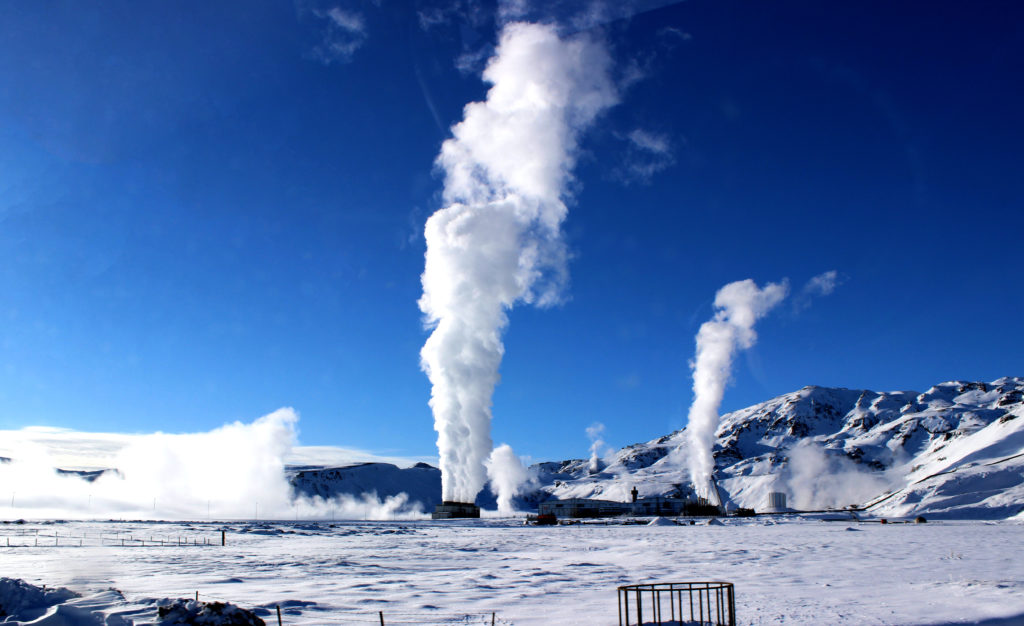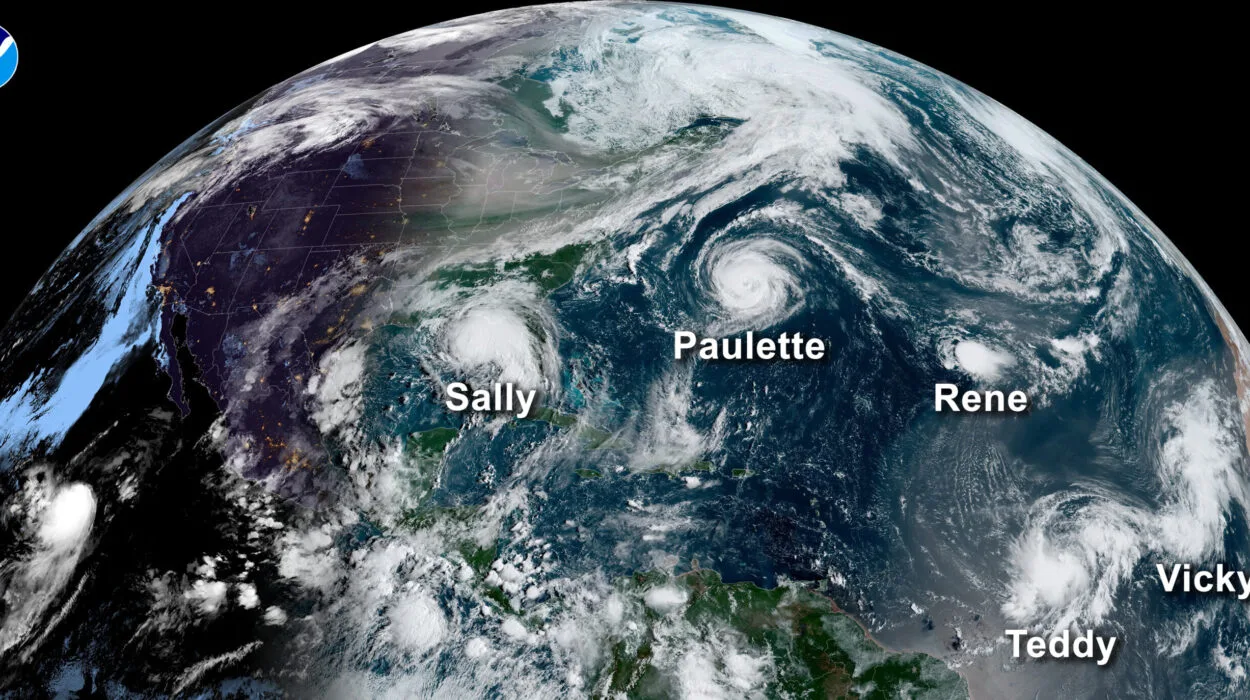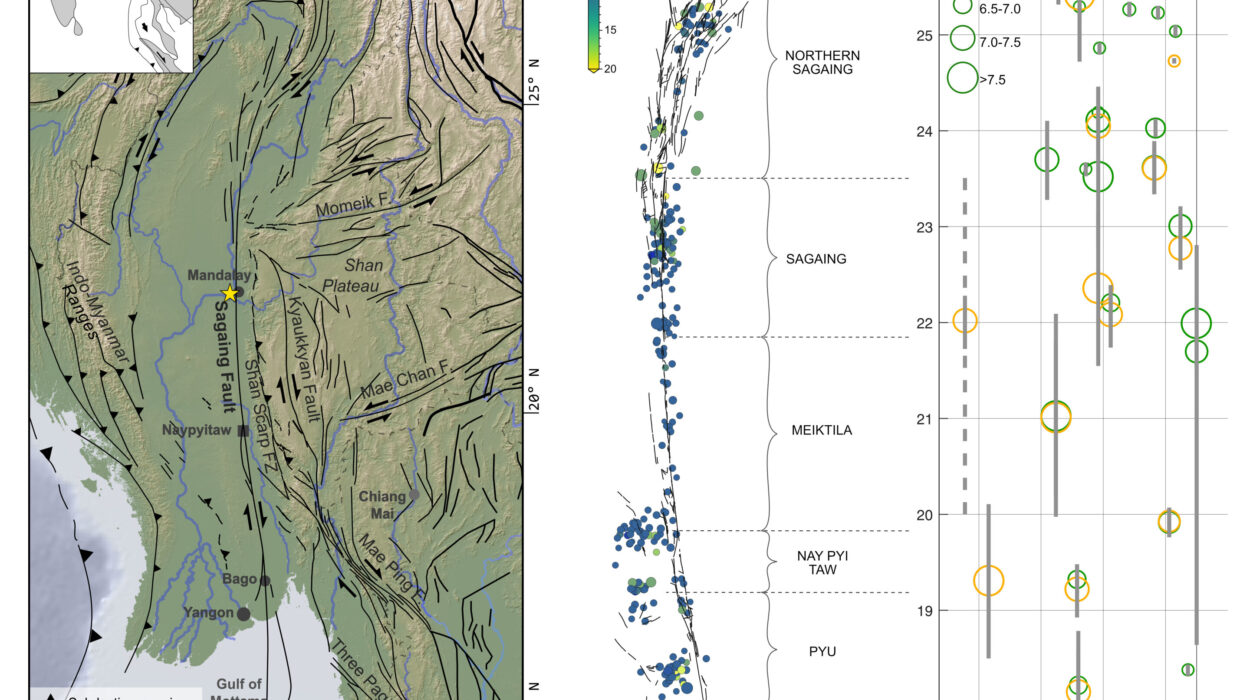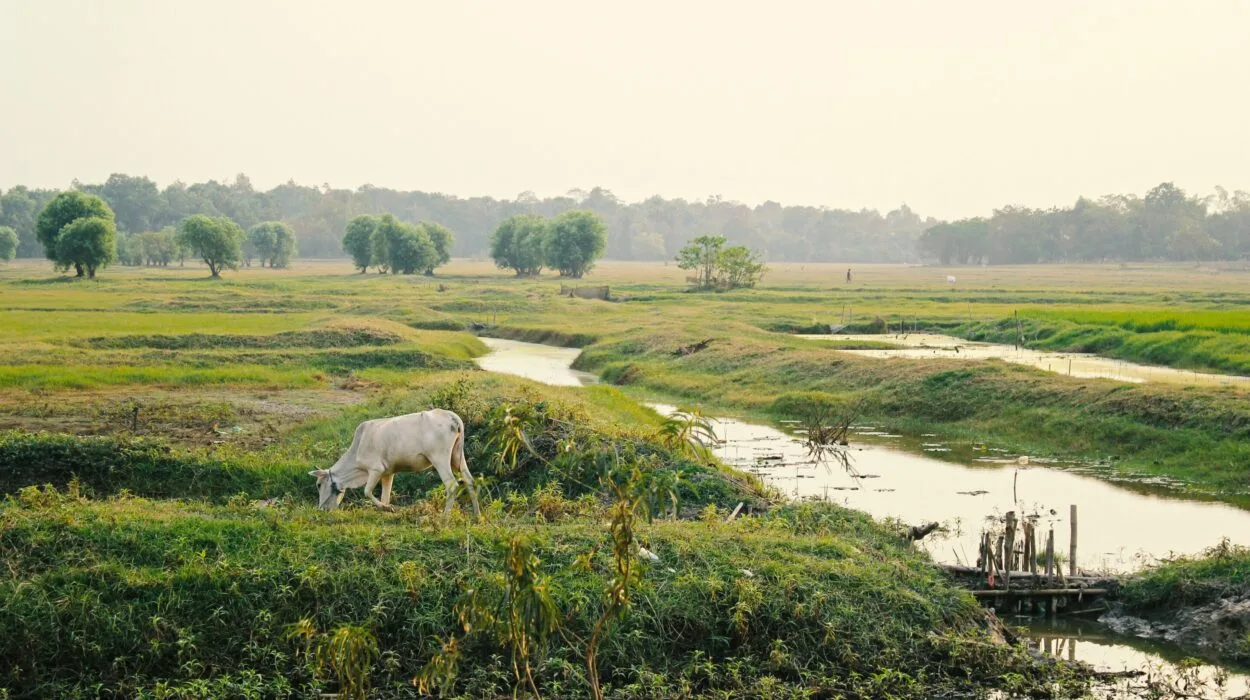Imagine standing on a vast plain on a cold morning. Your breath hangs in the air, frost coats the grass, and the world feels quiet, sleeping under winter’s breath. But far beneath the frozen soil—miles beneath your boots—a different world pulses with heat and pressure. There, molten rock churns slowly in a seething ocean of fire. Temperatures soar to thousands of degrees. This hidden furnace beneath the crust is not just a relic of Earth’s violent birth. It’s a living, breathing source of clean, renewable energy.
This is geothermal energy—literally, “earth heat.” It’s been here all along, beneath every continent, under every ocean, beneath the cities and forests and deserts. It’s invisible to us, but powerful enough to fuel civilizations. And now, in a world teetering on the edge of a climate crisis, it’s being rediscovered with new urgency.
But what exactly is geothermal energy? How does it work? And can it really power the future?
Let’s take a journey deep into the earth—and into the heart of one of the planet’s most promising energy sources.
A Planet Born of Fire
To understand geothermal energy, we must travel back—not just in miles, but in time.
Four and a half billion years ago, Earth formed from the violent collision of dust and rock in the young solar system. The impact energy from colliding asteroids, the decay of radioactive elements, and the gravitational compression of material all conspired to heat Earth’s interior to extraordinary levels. The surface cooled to form a thin crust, but inside, the heat remained. It still remains today.
That ancient fire has not gone out. In fact, it’s estimated that the Earth’s core is as hot as the surface of the sun—around 6000°C (10,800°F). This internal heat radiates outward slowly through the mantle and crust, creating gradients of temperature and pressure. In certain areas of the world, cracks in the Earth’s crust allow this heat to escape more easily, forming hot springs, geysers, fumaroles, and volcanic systems. These are the places where geothermal energy bubbles closest to the surface.
Geothermal energy is essentially the harnessing of this natural heat. But how we get it—and how we use it—is a story of innovation, engineering, and the deep patience of the Earth.
The Many Faces of Geothermal Energy
When people hear the word “geothermal,” their minds often jump to Iceland, a country famous for its steamy hot springs and cozy homes heated by Earth’s warmth. And that’s a good place to start. In Iceland, nearly 90% of homes are heated with geothermal energy. Pipes under the ground collect hot water and steam from deep below and send it directly into homes and buildings. There are no furnaces burning gas, no oil tanks—just the Earth itself keeping people warm.
But geothermal energy is not just about heating. It can also be used to generate electricity, especially in areas where underground heat is close to the surface. In places like the United States, the Philippines, Indonesia, New Zealand, and Kenya, geothermal power plants tap into reservoirs of steam or hot water, bring that energy to the surface, and convert it into electricity.
There are several ways to do this.
In “dry steam” plants—the oldest type—engineers drill down into pockets of steam that can be piped directly to turbines. In “flash steam” plants, water under high pressure is brought to the surface, where a sudden drop in pressure causes it to vaporize—or “flash”—into steam, which then spins a turbine. In “binary cycle” plants, moderately hot water heats another fluid with a lower boiling point, causing that secondary fluid to vaporize and turn the turbine.
Each of these systems is designed with one goal in mind: turning Earth’s underground heat into usable energy—without burning fossil fuels, releasing carbon dioxide, or relying on sun or wind.
But to understand the promise of geothermal energy, it’s important to understand how it works not just technologically, but geologically.
Earth’s Internal Engine: The Science Behind the Heat
At the heart of geothermal energy lies a beautiful principle: the Earth is always in motion.
Beneath the crust lies the mantle, a vast region of semi-solid rock that slowly convects—meaning hot material rises while cooler material sinks. This motion, combined with the decay of radioactive isotopes like uranium and thorium, creates a near-constant supply of heat.
But this heat isn’t distributed evenly. In tectonically active areas—near plate boundaries, fault lines, or hotspots—the crust is thinner or fractured, allowing magma and superheated fluids to rise closer to the surface. These regions are geothermal gold mines.
The western United States, the East African Rift, the Ring of Fire, and volcanic islands like Hawaii and Iceland are all hotbeds of geothermal potential.
To tap into this energy, engineers drill wells—sometimes as deep as 3 to 5 kilometers—into geothermal reservoirs. These wells reach rock that is saturated with superheated water and steam. The fluid is brought to the surface and passed through turbines to produce electricity. Afterward, the cooled water is usually injected back underground, where it’s reheated naturally—creating a sustainable, closed-loop system.
This is why geothermal energy is considered renewable. The heat of the Earth is practically limitless on human time scales. Unlike fossil fuels, which take millions of years to form and can only be burned once, geothermal energy can be used over and over again, as long as the system is well managed.
The Advantages: A Quiet Giant in the Clean Energy Race
Geothermal energy doesn’t roar like a hydroelectric dam or twinkle like a field of solar panels. It doesn’t spin in the wind or stretch across acres of land. It works quietly, underground, out of sight. But its advantages are profound.
First, it’s available 24/7. Unlike solar or wind energy, which are intermittent and depend on weather, geothermal energy is constant. The Earth doesn’t stop heating itself when the sun sets or the wind dies down. That makes geothermal an incredibly reliable source of baseload power—electricity that’s always on, no matter what.
Second, it’s clean. Geothermal plants emit little to no greenhouse gases. There are no smokestacks, no air pollution, no water waste. Compared to fossil fuel plants, they’re a breath of fresh air—literally.
Third, it’s space-efficient. A geothermal power plant occupies far less land than a comparable wind or solar farm. And geothermal heating systems can be installed directly beneath homes, buildings, and schools, without changing the landscape.
Finally, it’s scalable. Geothermal energy can be used for small-scale heating systems in individual homes, or for massive utility-scale power plants. It’s adaptable, flexible, and incredibly versatile.
Challenges from the Deep
But like all energy sources, geothermal has its challenges.
The most obvious is geography. Not every region has accessible geothermal resources. High-temperature geothermal fields are typically found near tectonic plate boundaries or volcanic zones. For places like Iceland, Indonesia, and California, this is a gift. But for regions far from geological activity, deep drilling becomes expensive and complex.
Another challenge is up-front cost. Drilling wells, building infrastructure, and exploring underground formations can be costly. Though the long-term operational costs of geothermal energy are low, the initial investment can be a barrier, especially in developing nations.
There are also environmental concerns. In poorly managed geothermal systems, the withdrawal of hot water without reinjection can lead to surface subsidence—meaning the ground literally sinks. And in rare cases, drilling can trigger small earthquakes, particularly in enhanced geothermal systems (EGS), which involve fracturing rock to access heat.
However, with proper technology and oversight, these risks can be minimized. And the long-term benefits remain compelling.
The Future Is Below Us: Innovations in Geothermal Technology
Geothermal energy is ancient, but the technology to harness it is evolving rapidly.
One of the most exciting frontiers is Enhanced Geothermal Systems (EGS). Unlike traditional geothermal, which relies on existing reservoirs of steam or hot water, EGS involves drilling into hot, dry rock and injecting water to create a man-made geothermal reservoir. This could vastly expand the areas where geothermal energy is possible—even in places without natural hot springs or volcanic activity.
Another innovation is closed-loop geothermal, where fluids circulate through sealed pipes underground without coming into contact with the rock itself. This reduces the risk of contamination or earthquakes and makes geothermal systems more predictable.
There’s also the concept of “superhot rock” geothermal, which involves drilling deeper into extremely high-temperature formations that can yield 5 to 10 times more energy than conventional geothermal wells. While still in the research phase, it could be a game-changer.
And let’s not forget about residential geothermal. Ground-source heat pumps use the relatively stable temperatures just a few meters underground to heat and cool homes efficiently. These systems are already being installed in growing numbers around the world and could play a major role in reducing building emissions.
Tapping the Ancient Pulse: A Human Story
Geothermal energy is not just a technical subject. It’s a human story.
It’s the story of people in rural Kenya whose homes are being electrified for the first time thanks to geothermal power. It’s the story of Icelanders soaking in hot springs that double as sustainable heating systems. It’s the story of engineers in Nevada drilling deep wells into ancient rock to bring heat to a future powered by renewables.
It’s also the story of Indigenous wisdom. Long before geothermal energy became an industry, Native peoples of North America used hot springs for healing and community. The Japanese have revered onsen—natural hot baths—for centuries. Across cultures and continents, humans have always recognized the power of Earth’s hidden heat.
Today, we are simply learning to harness it more effectively.
A Fire for the Future
As the world races to combat climate change, the need for clean, reliable energy has never been greater. Solar and wind are growing fast, and that’s good. But they are not enough. To fully decarbonize the global economy, we need a diverse mix of energy sources.
Geothermal energy is uniquely positioned to help. It’s always on. It’s already here. And with the right investment, innovation, and awareness, it could power not just homes and cities—but hope itself.
Because at the center of the Earth burns a fire that never goes out.
And perhaps, in that ancient flame, we can find a path toward a brighter, cleaner future.






